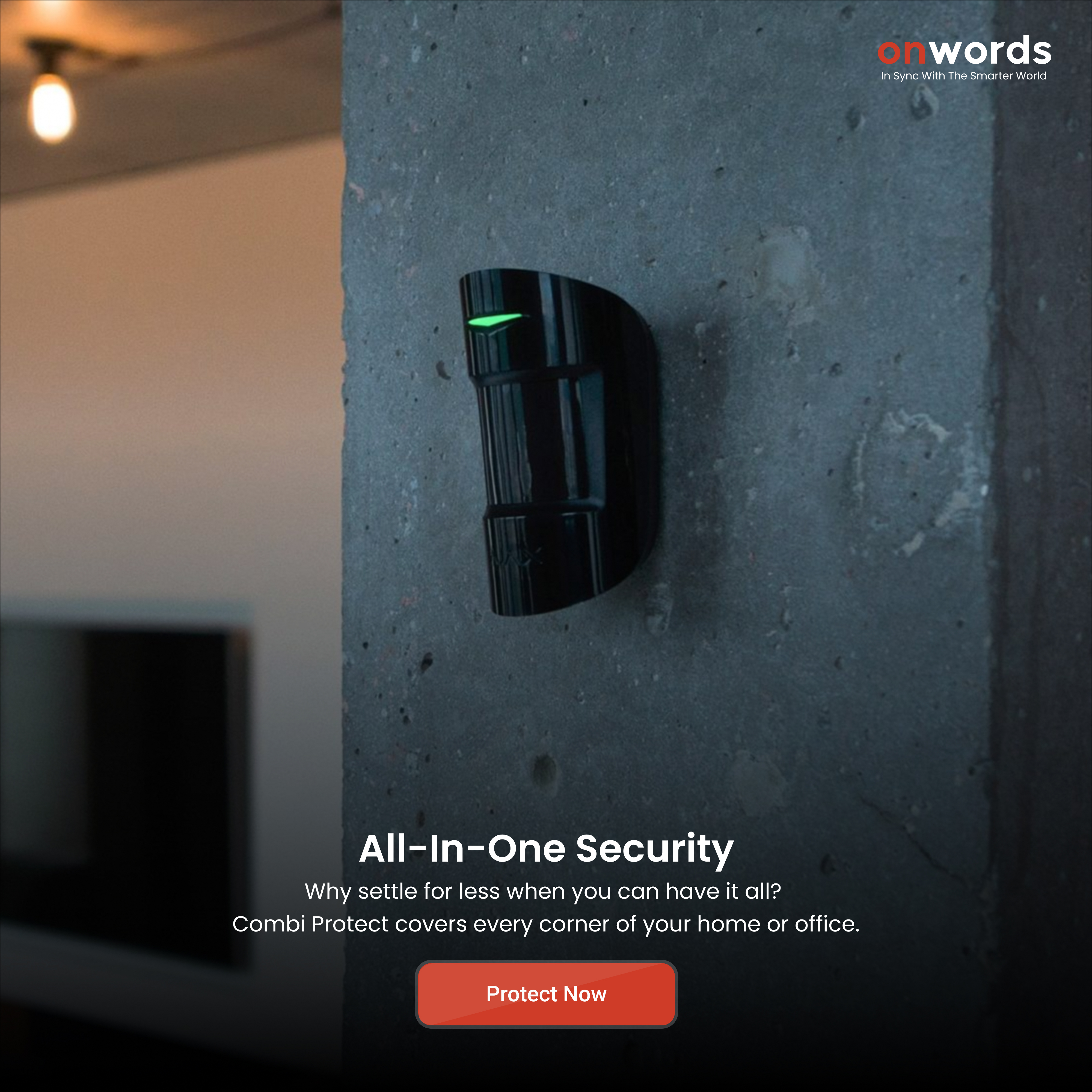A Smart home uses voice assistants (Siri, Alexa, Google Assistant) and connected devices to automate daily tasks like controlling lights, locks, appliances, and gates without any physical interaction. It’s a natural evolution toward hands-free convenience. Experts project that by 2025, over 70% of devices will support seamless voice integration, enhancing both connectivity and ease of use.
How Smart Homes in 2025 Are Redefining Modern Living
A Look Into the Voice-Driven, AI-Powered Future of Home Automation
By Sanjay 2025-06-18 4 Mins Read 1404 Views

Smart Home
What is a Smart Home?
Core Devices & Smart Life Enhancers
Smart Speakers/Hubs: Devices like Echo, Nest Audio, and HomePod serve as central hubs for voice control.
Smart Locks & Gates: Voice-controlled locks with timed access codes simplify secure entry.
Lighting & Climate Systems: Automated lighting scenes and thermostats adjust via voice or set routines.
Appliances & Curtains: Voice commands can open blinds, preheat ovens, or start robotic vacuums.
Benefits of Voice Integration
Convenience & Accessibility: No need to juggle keys or remotes, especially helpful when your hands are full or for individuals with mobility challenges.
Fluid Automation: Execute multi-step routines like “Movie Night” or “Good Morning” with a single command.
Personalization & Shared Use: Advanced voice recognition enables systems to respond uniquely to different users.
Safety & Hygiene: Hands-free control reduces physical contact with switches or devices in kitchens or high-touch areas.
Privacy & Security: The Flip Side
Voice technology brings new risks
Always-listening privacy: Devices may overhear and record conversations unintentionally.
Voice command exploits (“voice squatting”): Malicious skills may hijack commands due to misrecognition.
Acoustic hacking: Inaudible or replayed audio can trigger devices remotely.
What’s Coming Next?
Edge/Offline Voice Processing: Local speech recognition reduces latency and cloud dependency—a 2025 study shows real-time voice commands under 400 ms via embedded models.
AI-Powered Smart Routines:AI-Powered Smart Routines: AI in smart homes is enabling context-aware routines that adapt to user behavior and preferences.
Matter Ecosystem: Matter is a unified smart home standard backed by over 550 companies, designed to enhance security, speed, and interoperability across devices.
How to Start: A 5‑Step Guide
Start small—install a smart speaker like Echo or Nest to control lights or locks.
Pick voice-enabled devices—add voice-controlled curtains and locks to your setup.
Build routines—Create one-command routines like “Alexa, good night.”
Secure your home—use strong network security, mute features, and enable privacy settings.
Embrace Matter—Expand with Matter-certified gear for seamless compatibility and local control.
Final Thoughts
Voice-activated smart homes offer a perfect blend of convenience, accessibility, and intelligent automation—but they must be secured thoughtfully. With edge AI and Matter becoming mainstream in 2025, voice systems are poised to be faster, smarter, and more private than ever.
Get Started Today
Ready to step into the future of living? At Onwords, we specialize in designing and installing voice-activated smart home systems—from setup to integration and security. Let’s combine smart technology with thoughtful design.Book A Demo Today
"Welcome to smart homes — a seamless, intuitive, and elegant way of living.
Your Living Room, Now Smarter Than Ever

Your Living Room, Now Smarter Than Ever




